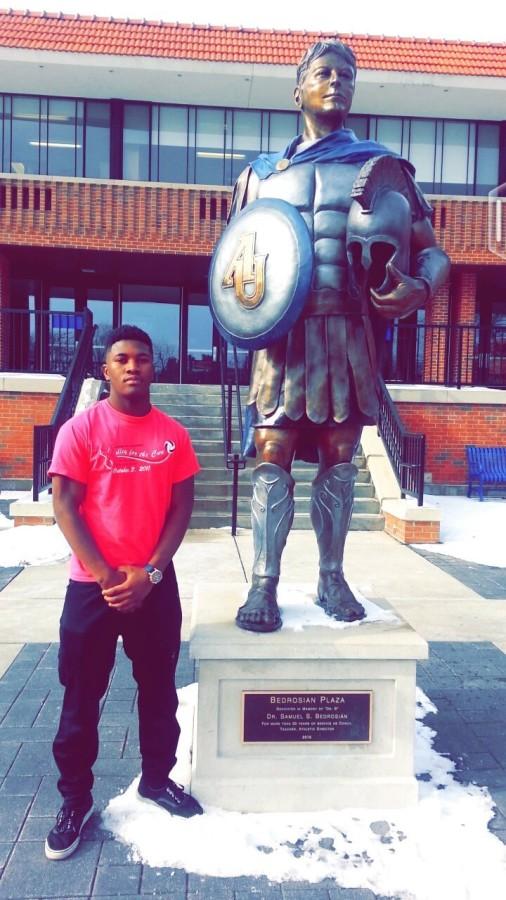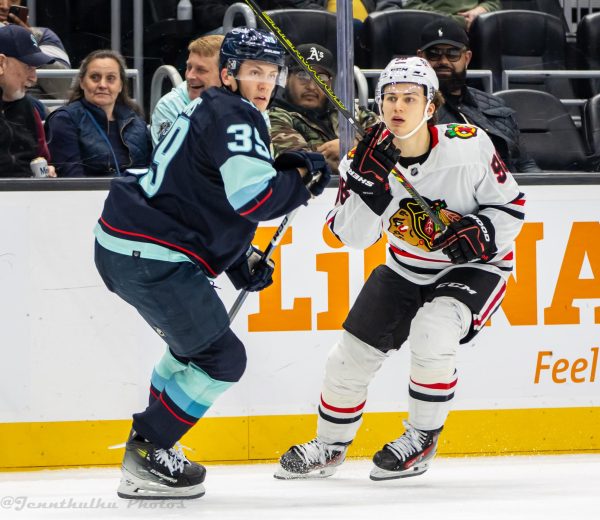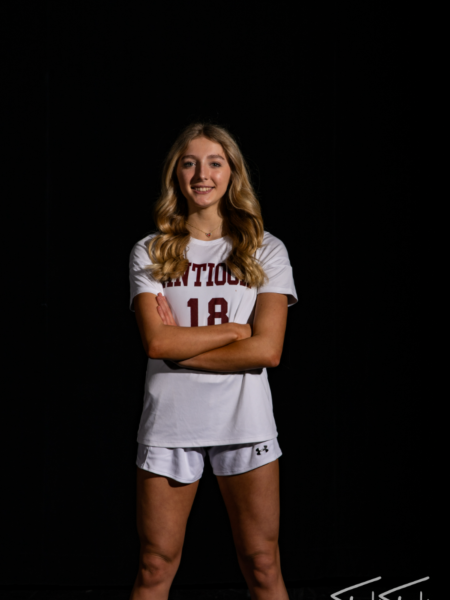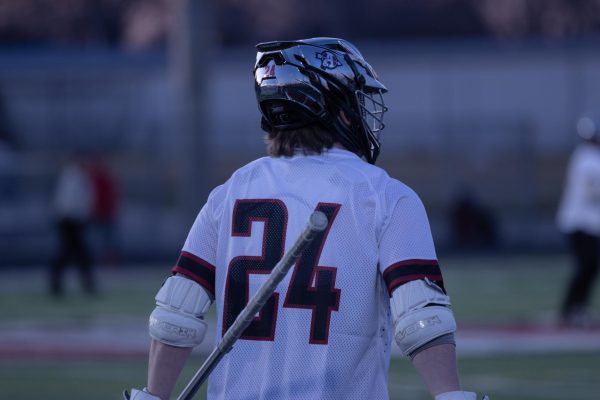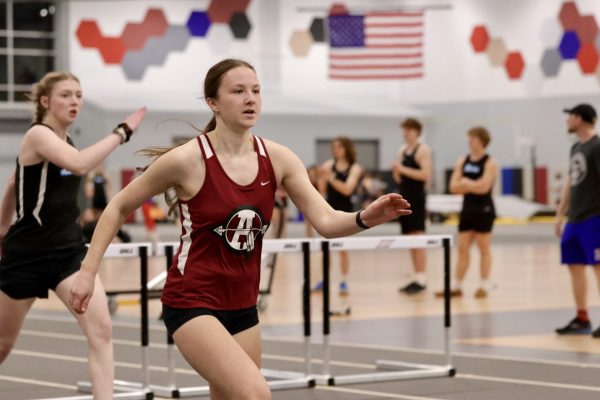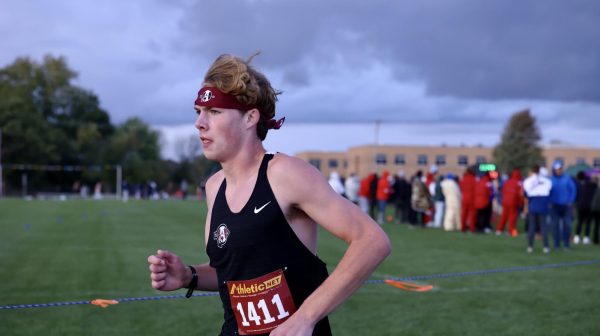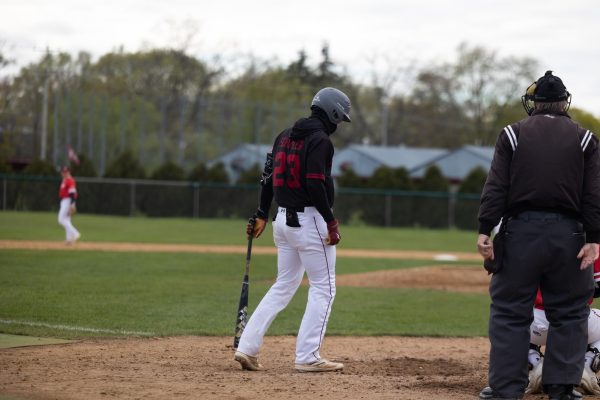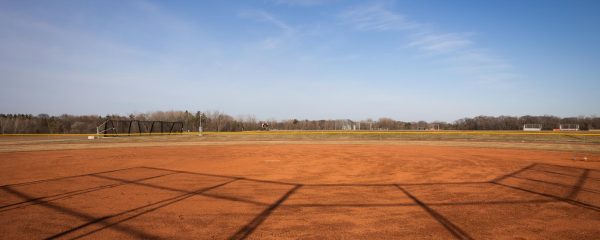A New Chapter of Sports
Athletes realize the challenges they will be facing at the next level: collegiate athletics.
The high school to college sports transition is one of the hardest things to adapt to: everything from speed to schemes to goals changing.
Being a college freshman coming into a new atmosphere with new teammates can make anyone have an uneasy feeling in his stomach. Making a name for oneself is a priority, but that is easier said than done.
Senior Mardochee Kamanga signed to play football at Aurora University starting this summer, but like anyone would expect, he’s nervous.
“I heard that summer camp is where you really make or break how you’ll be known,” Kamanga said. “I heard freshman year summer camp is the worst because you don’t know anyone and it’s your first time out there. I plan on going out there and just letting my body control itself and do what’s necessary to show the coaches and other players what I can bring to the table.”
The game’s size and speed is what changes the most from high school to college, whether it be football, basketball, volleyball, soccer, hockey or any other sport played at both levels.
“The biggest challenge will be adjusting to the speed of college football because I’m a running back and there are 250 pound defensive ends that are just as fast as me,” senior Griffin Hill, who recently committed to the University of Minnesota-Duluth, said.
Athletes realize that four years of college athletics will not only put a toll on their bodies, but also will be difficult to manage one’s time to fit in homework, a social life and other things a college student does as well. With that being said, the challenges that these athletes face will not get in the way from pursuing the sports they love.


